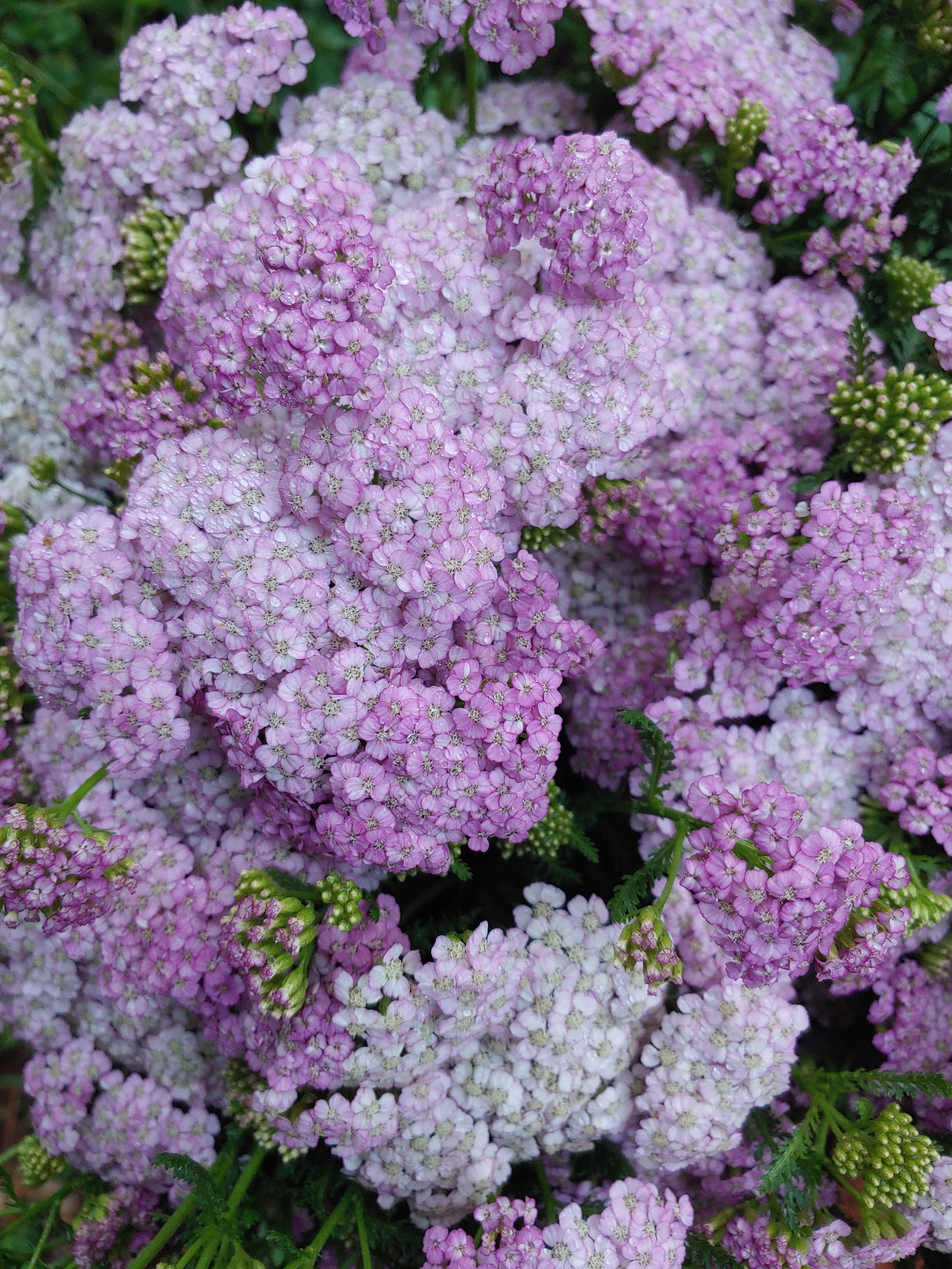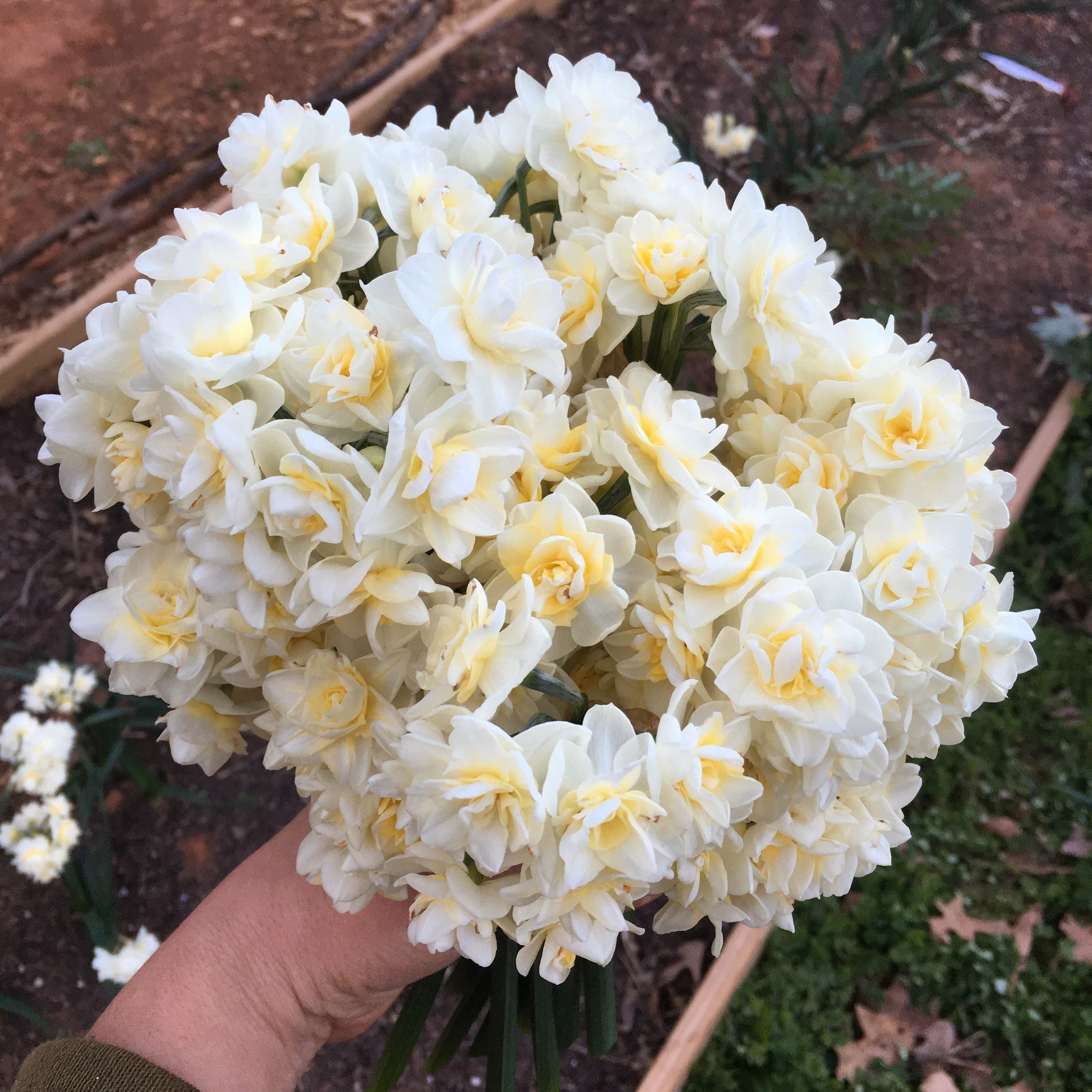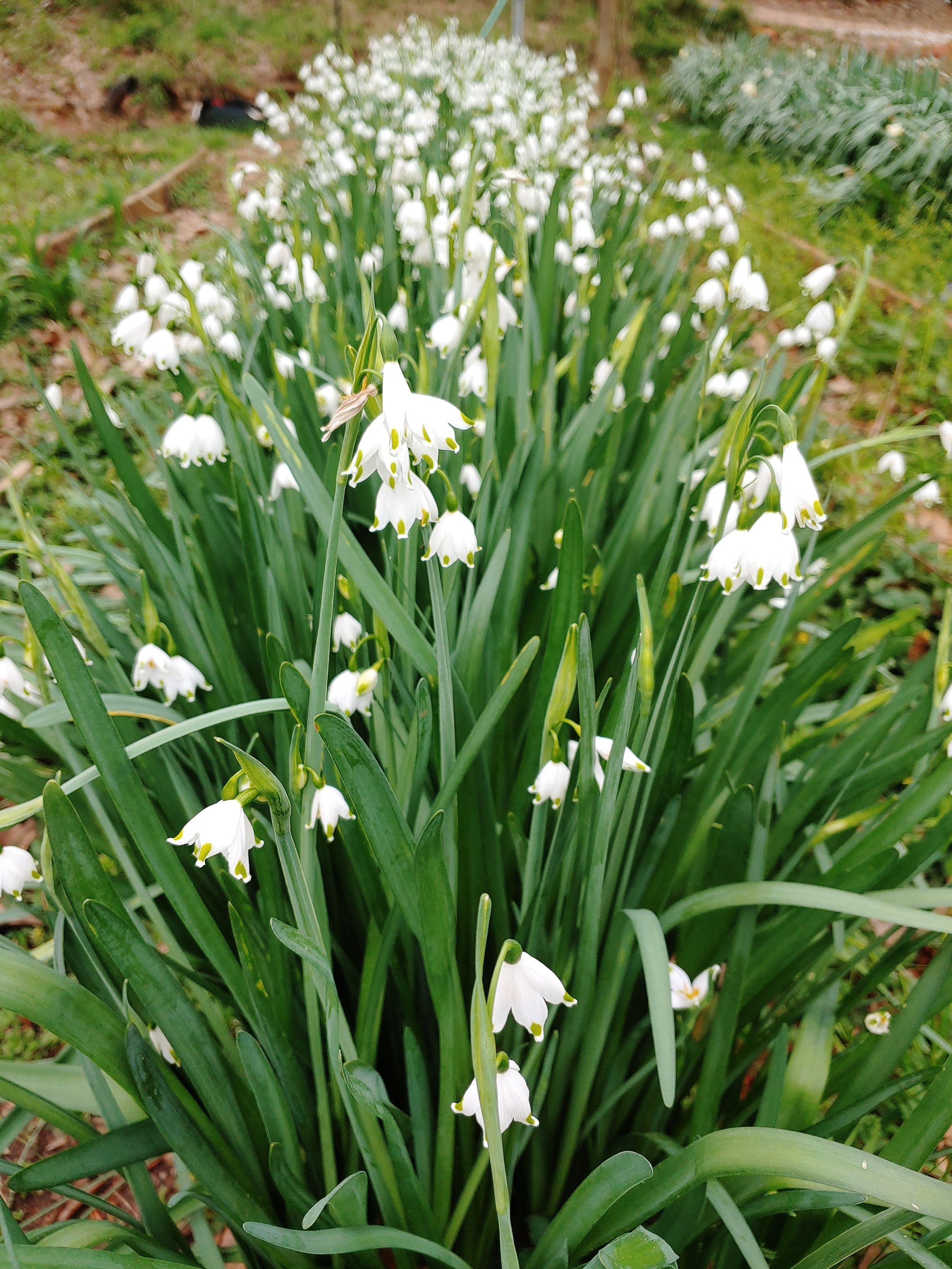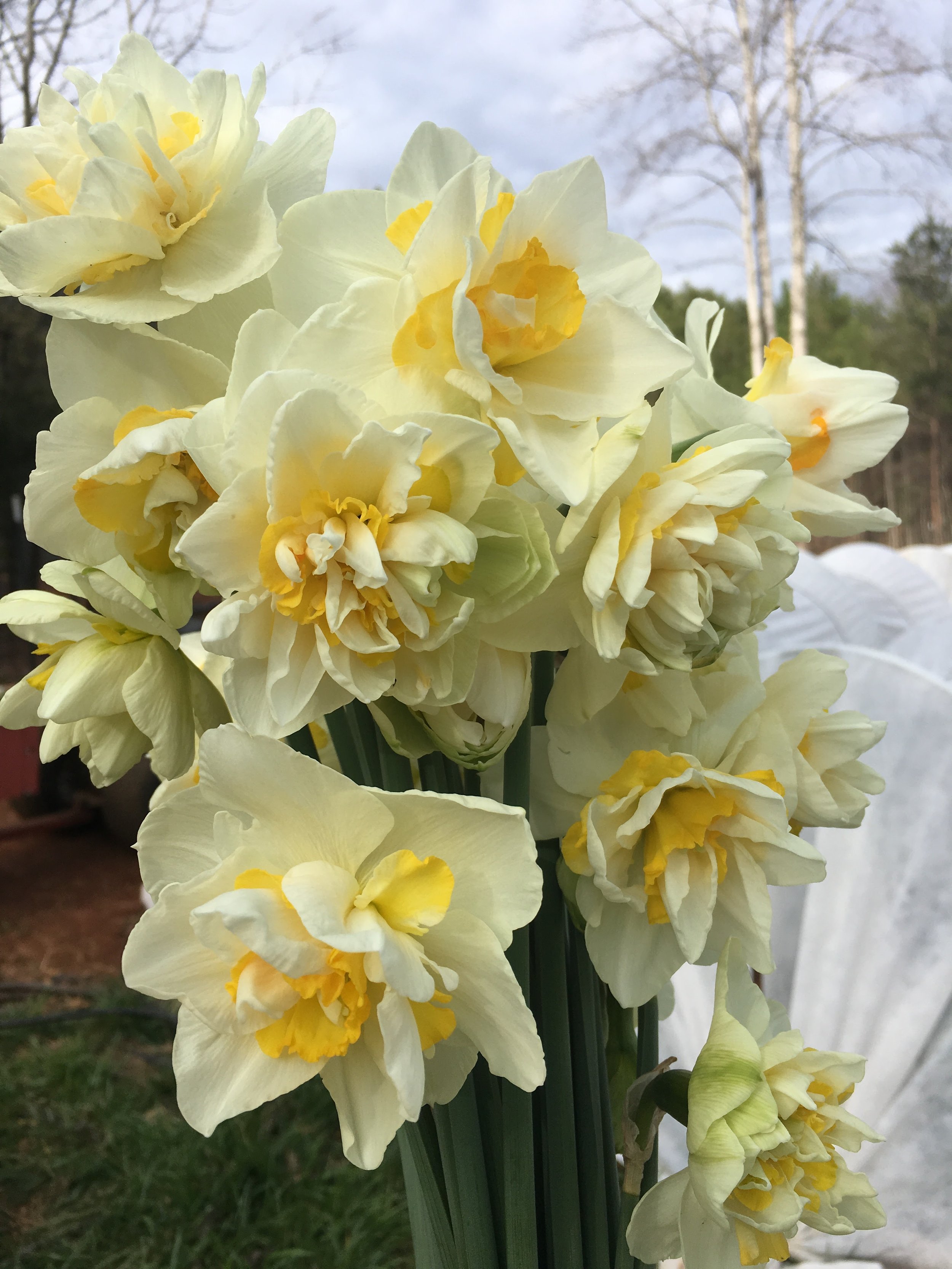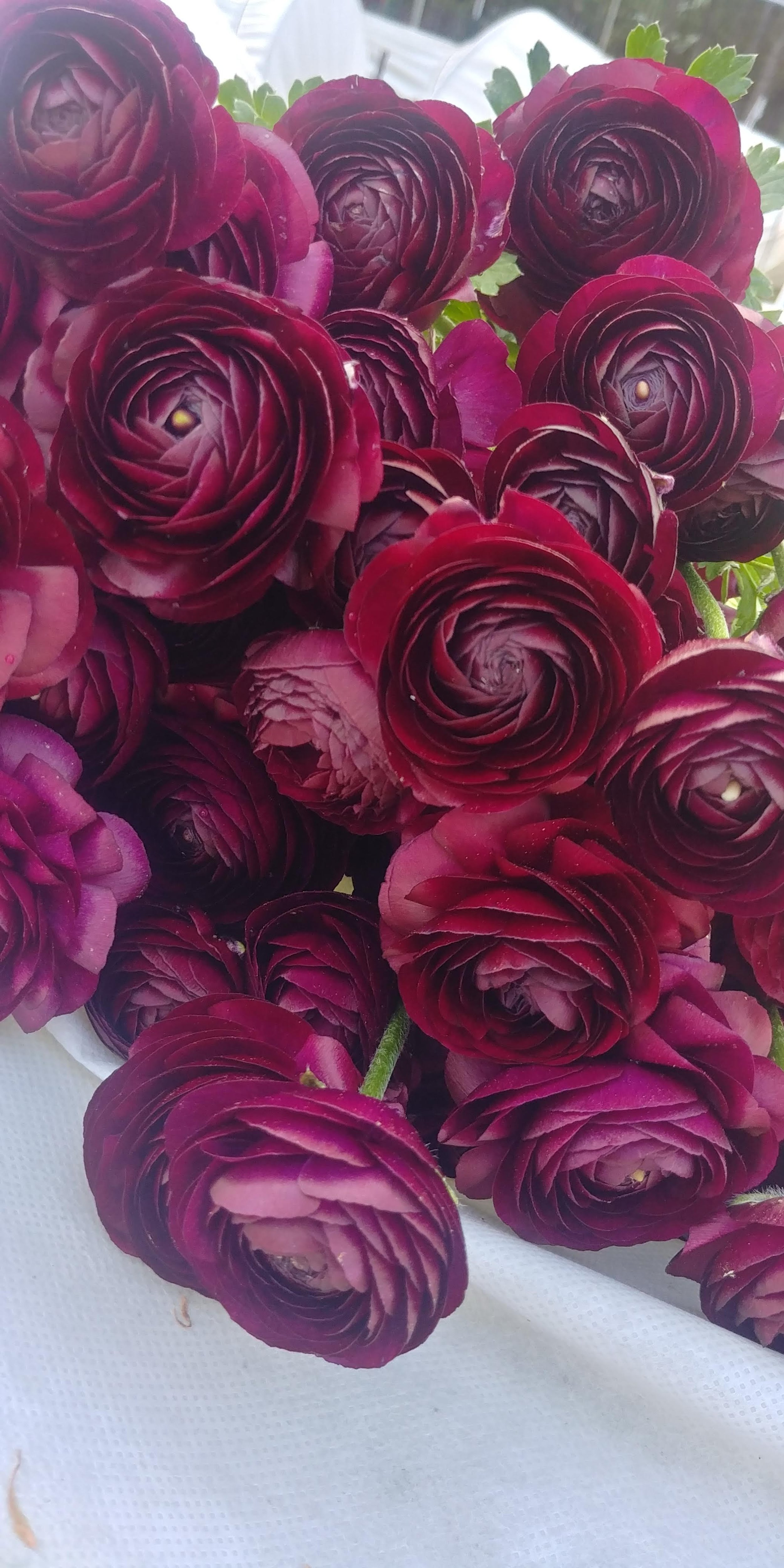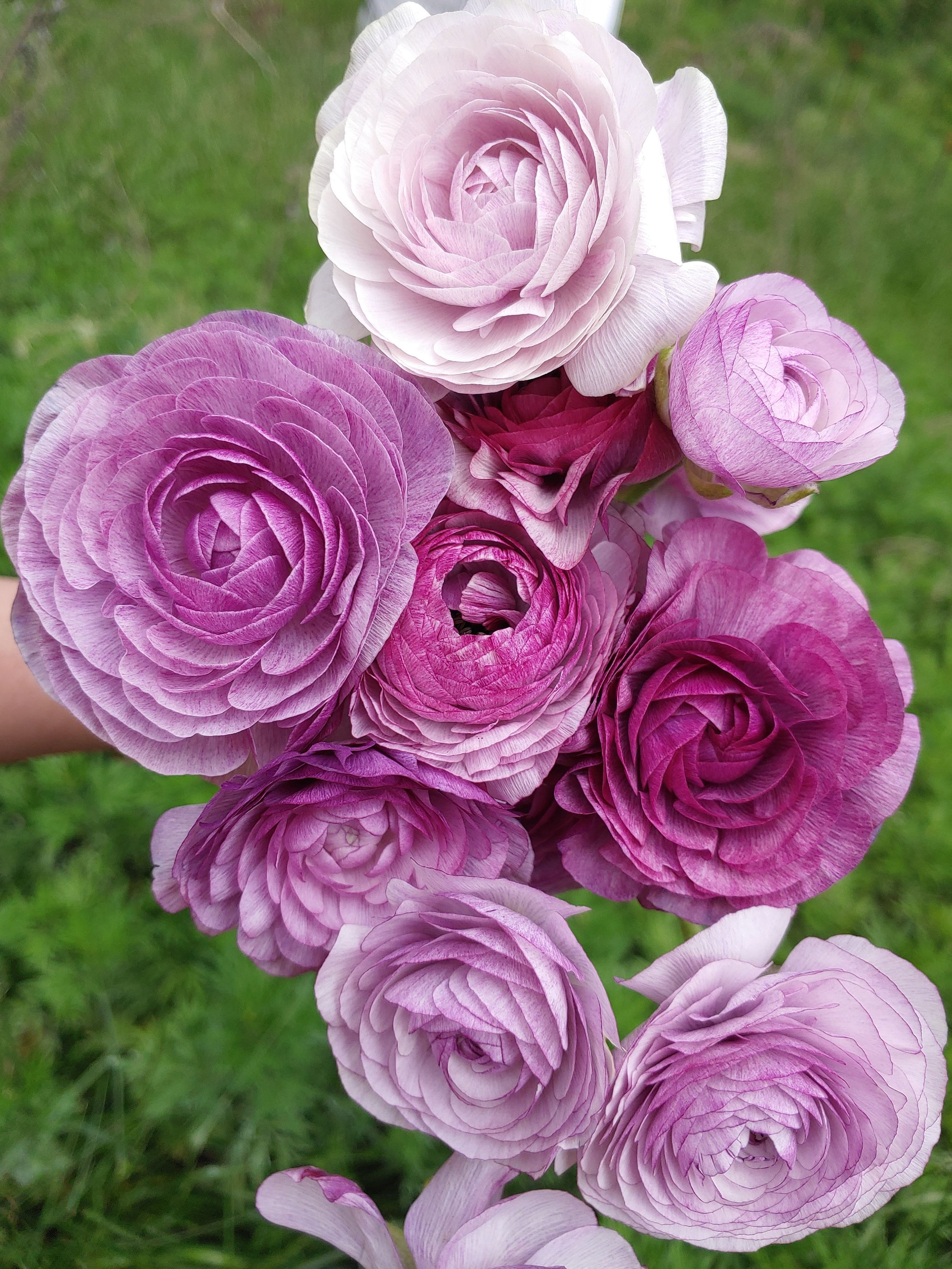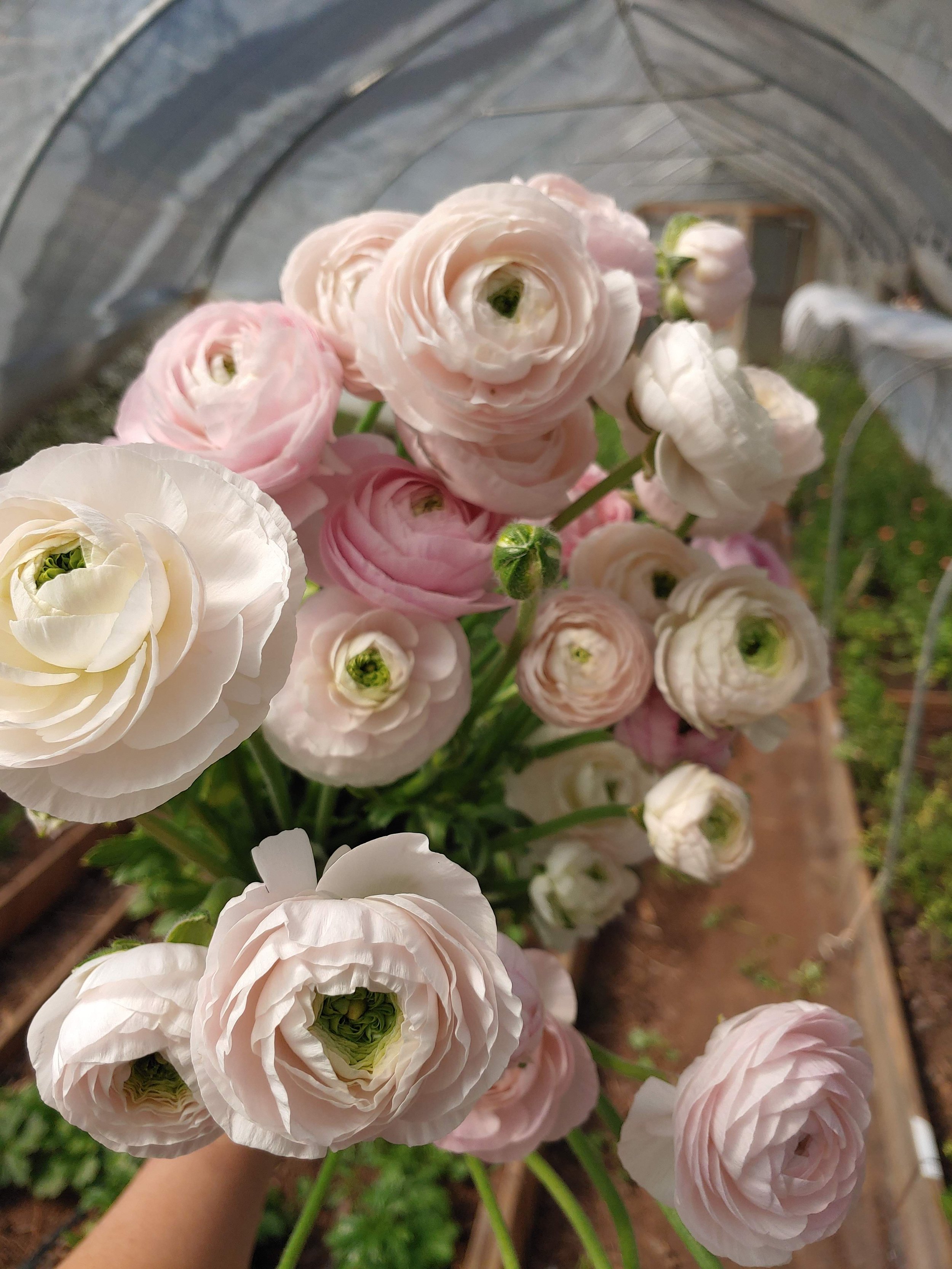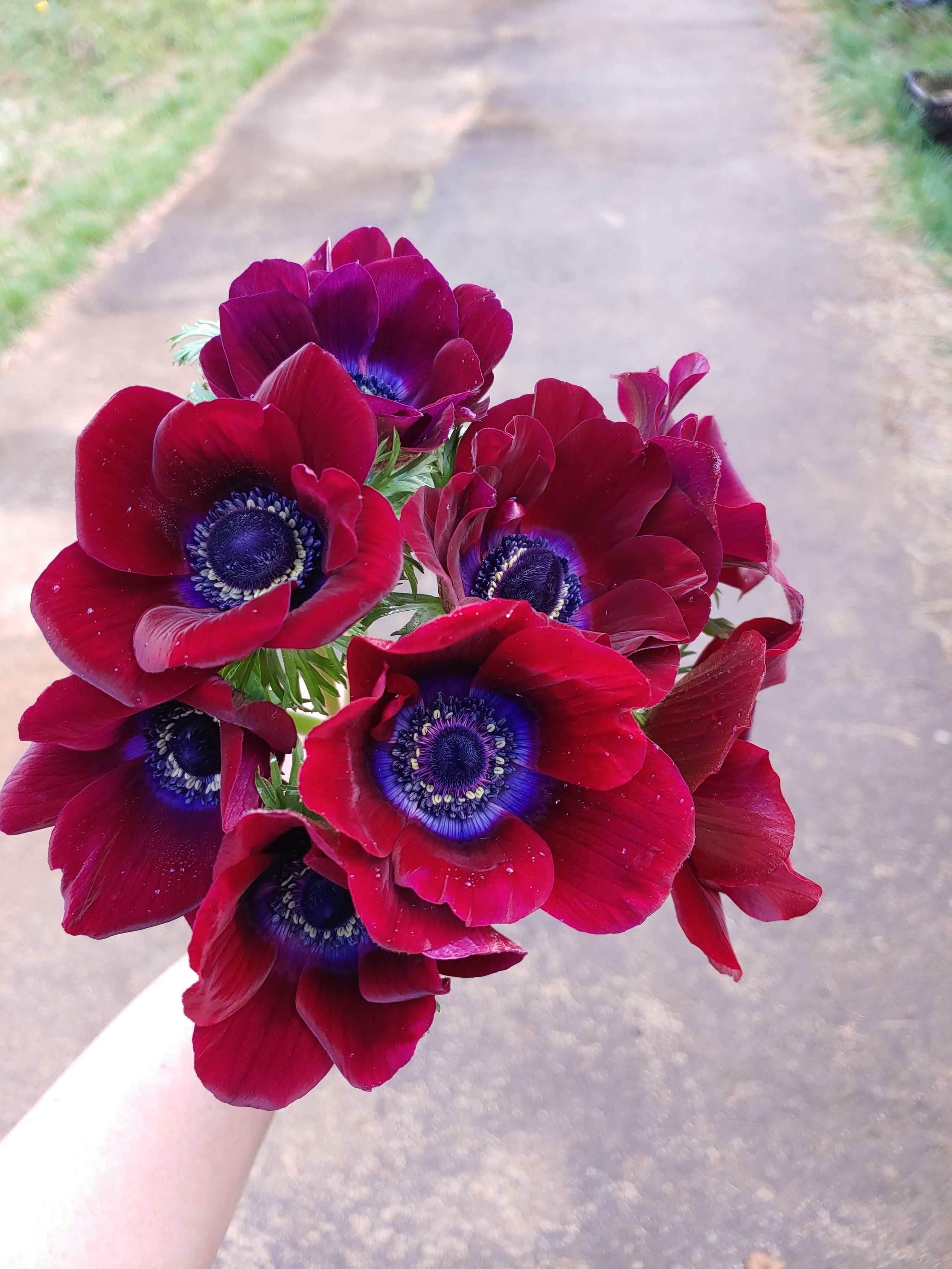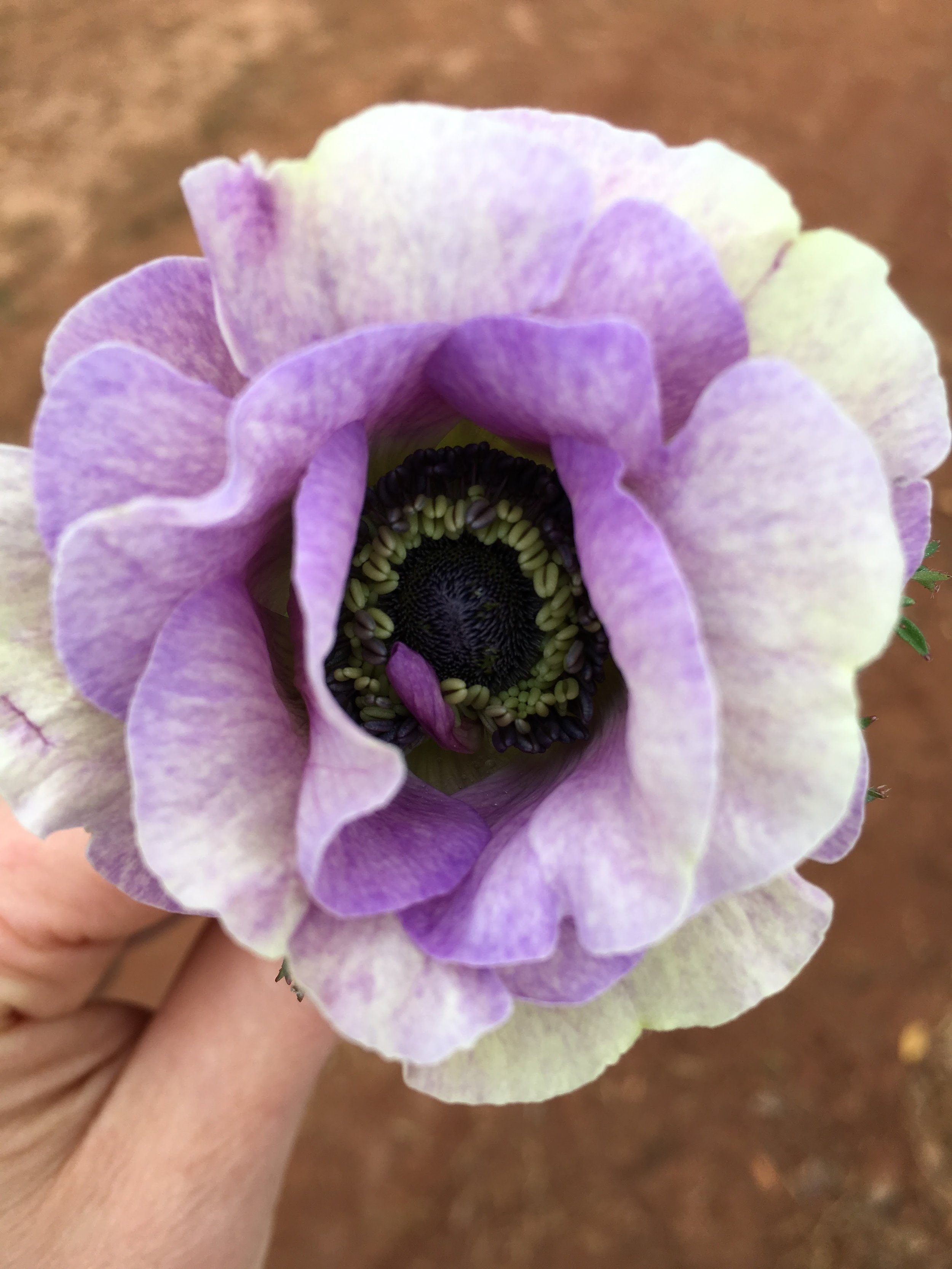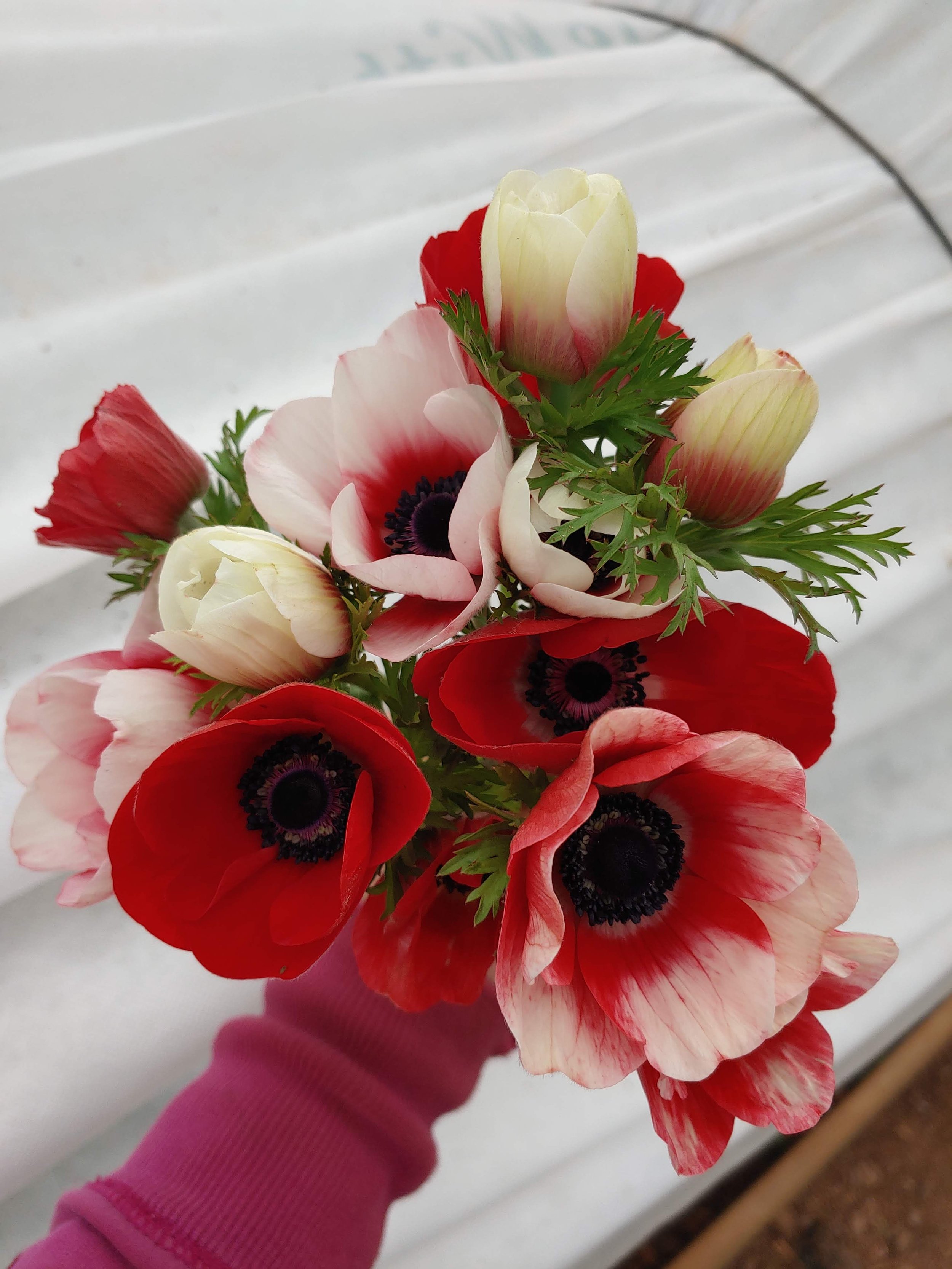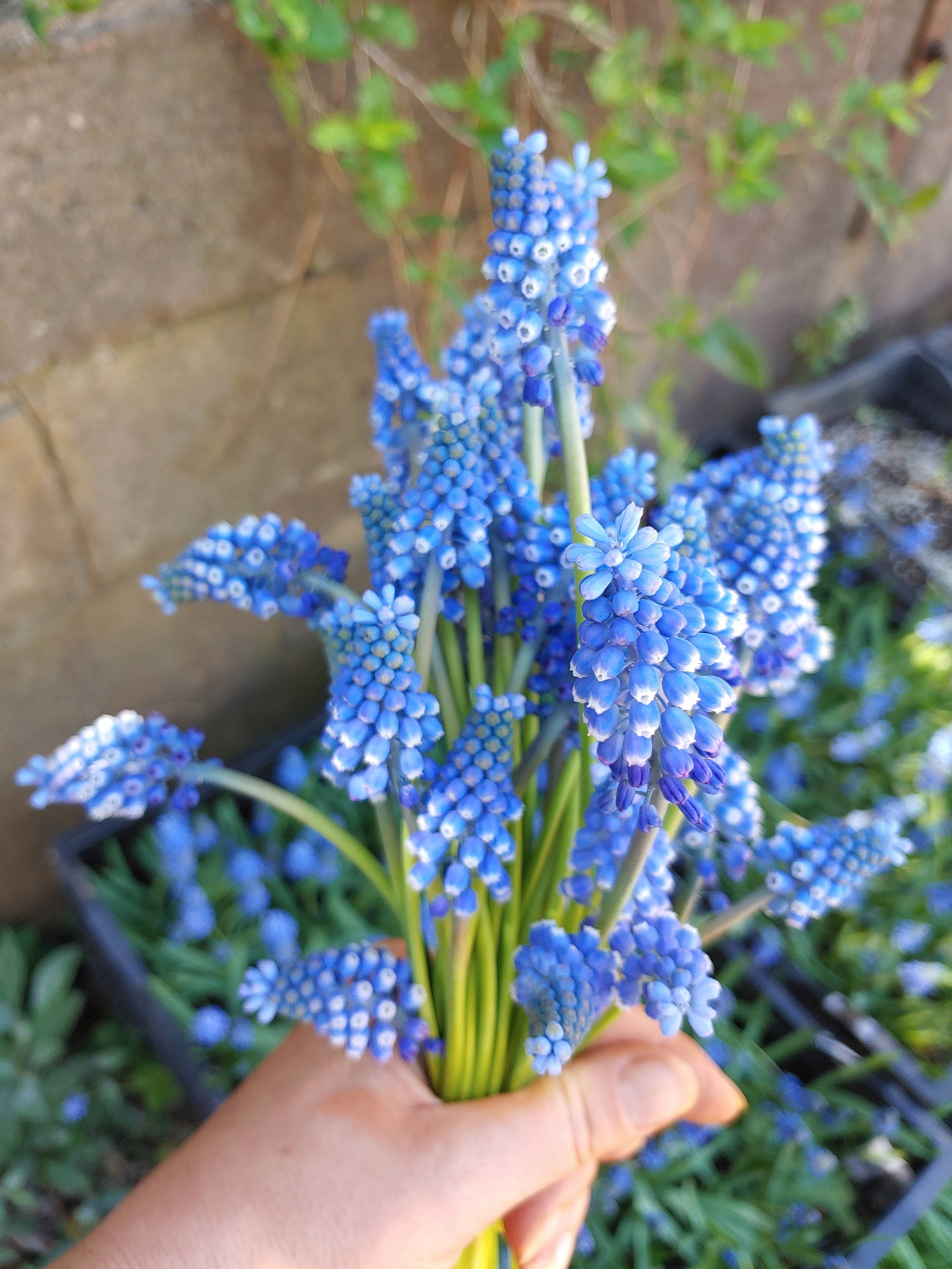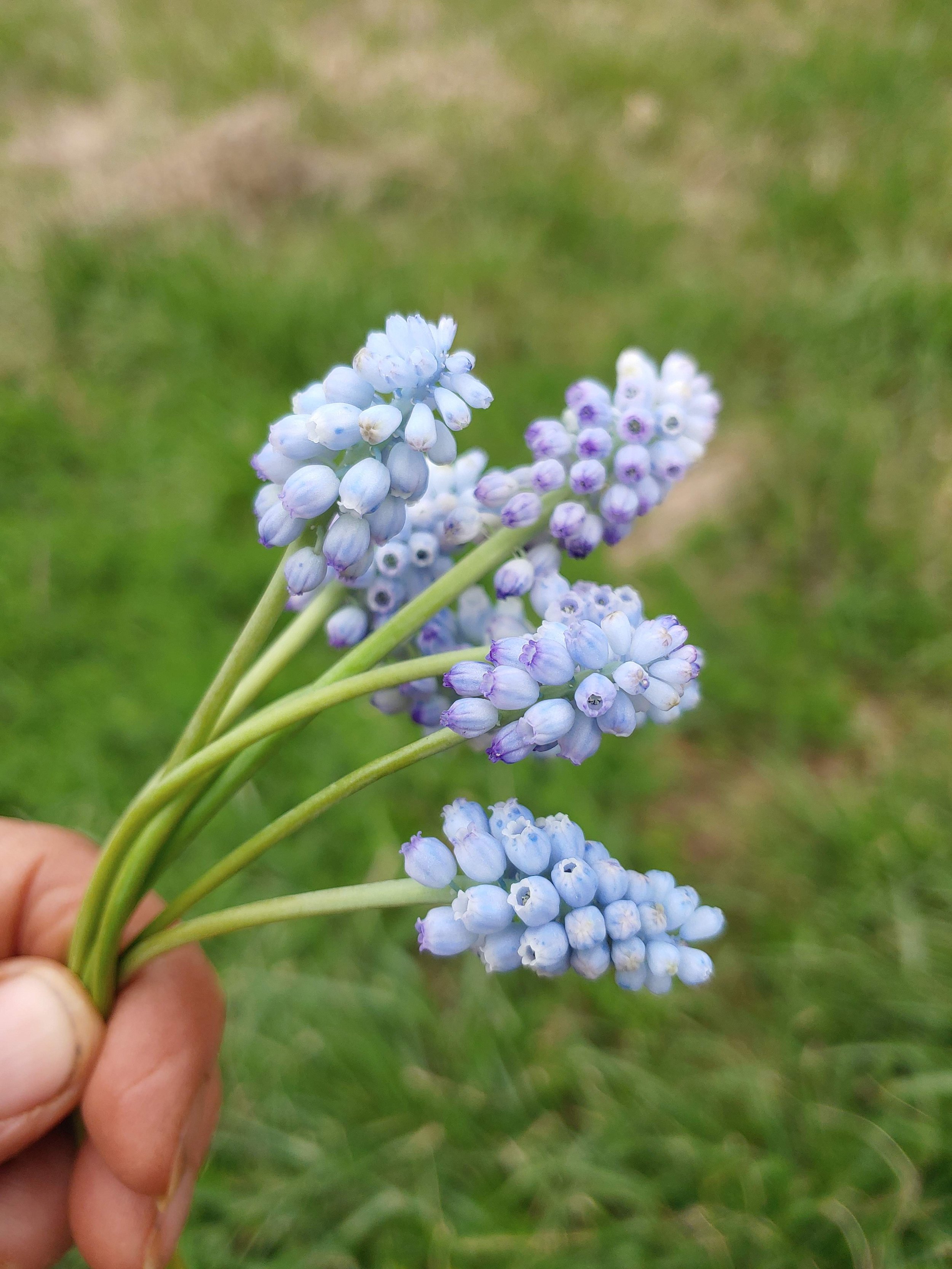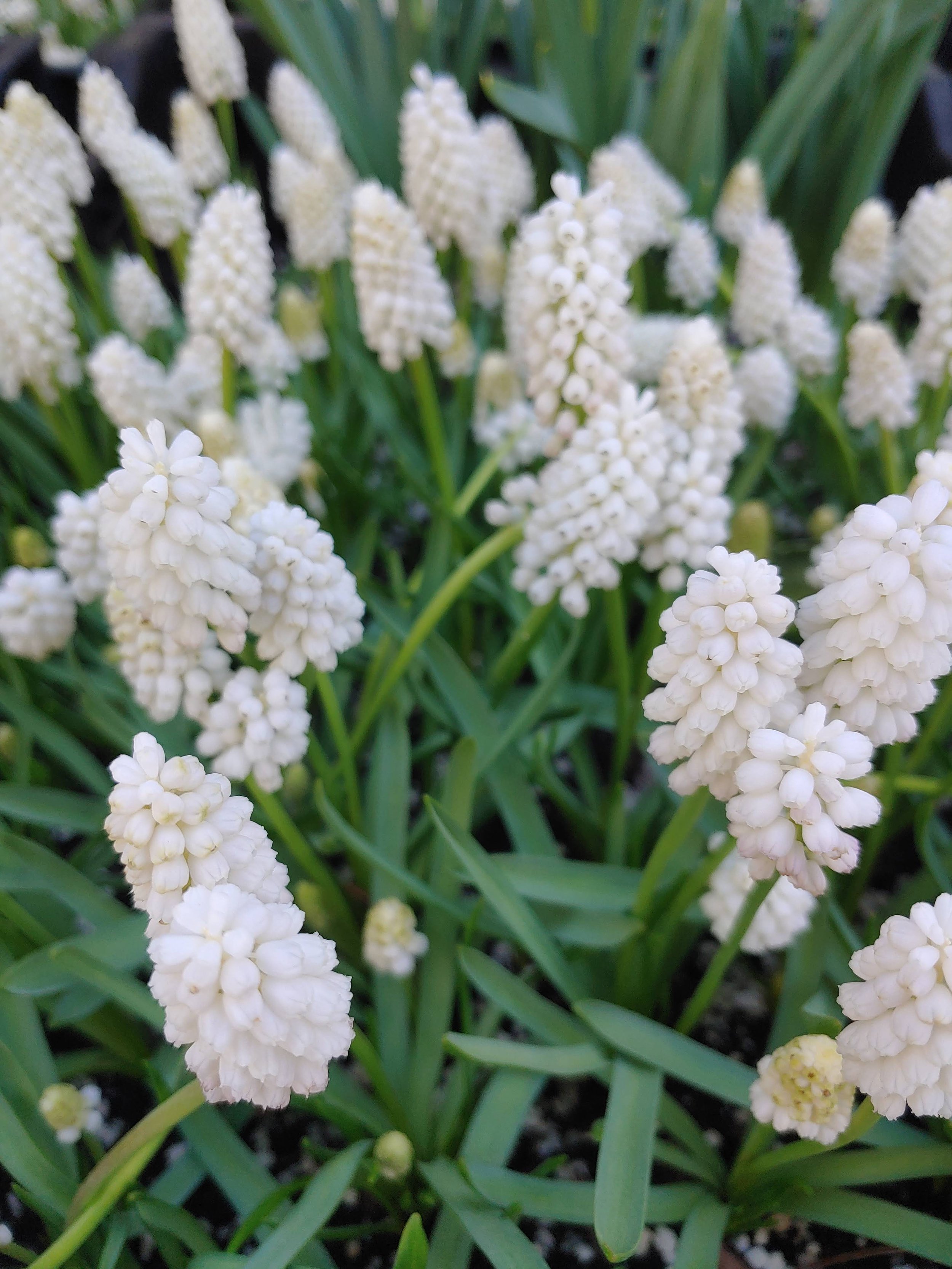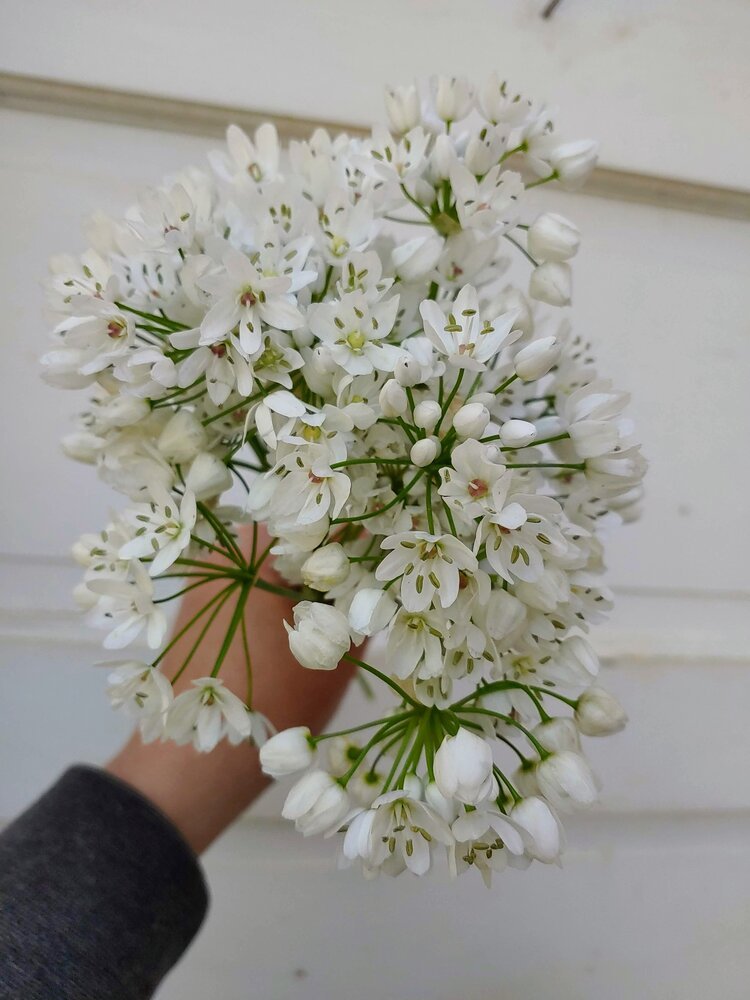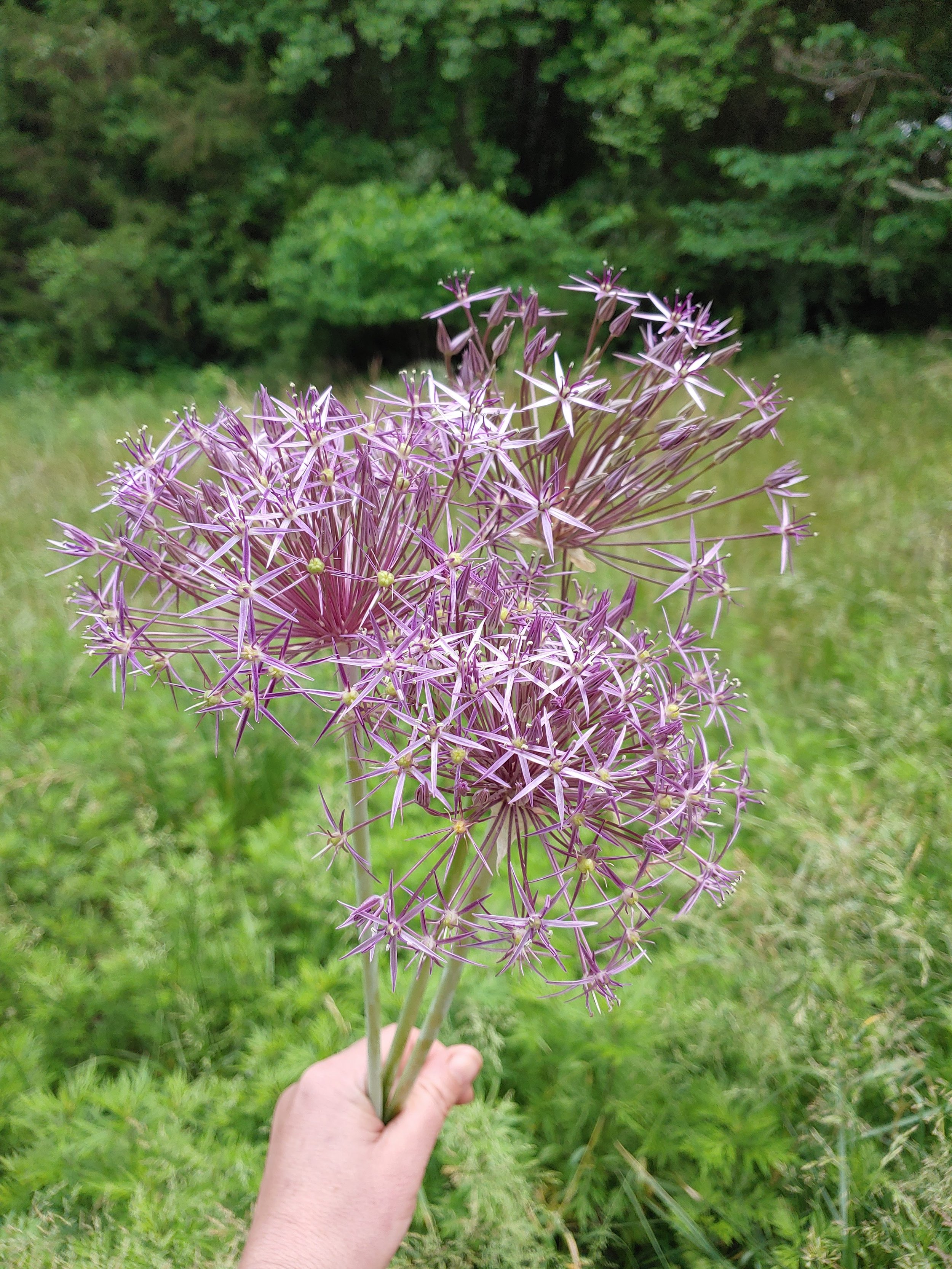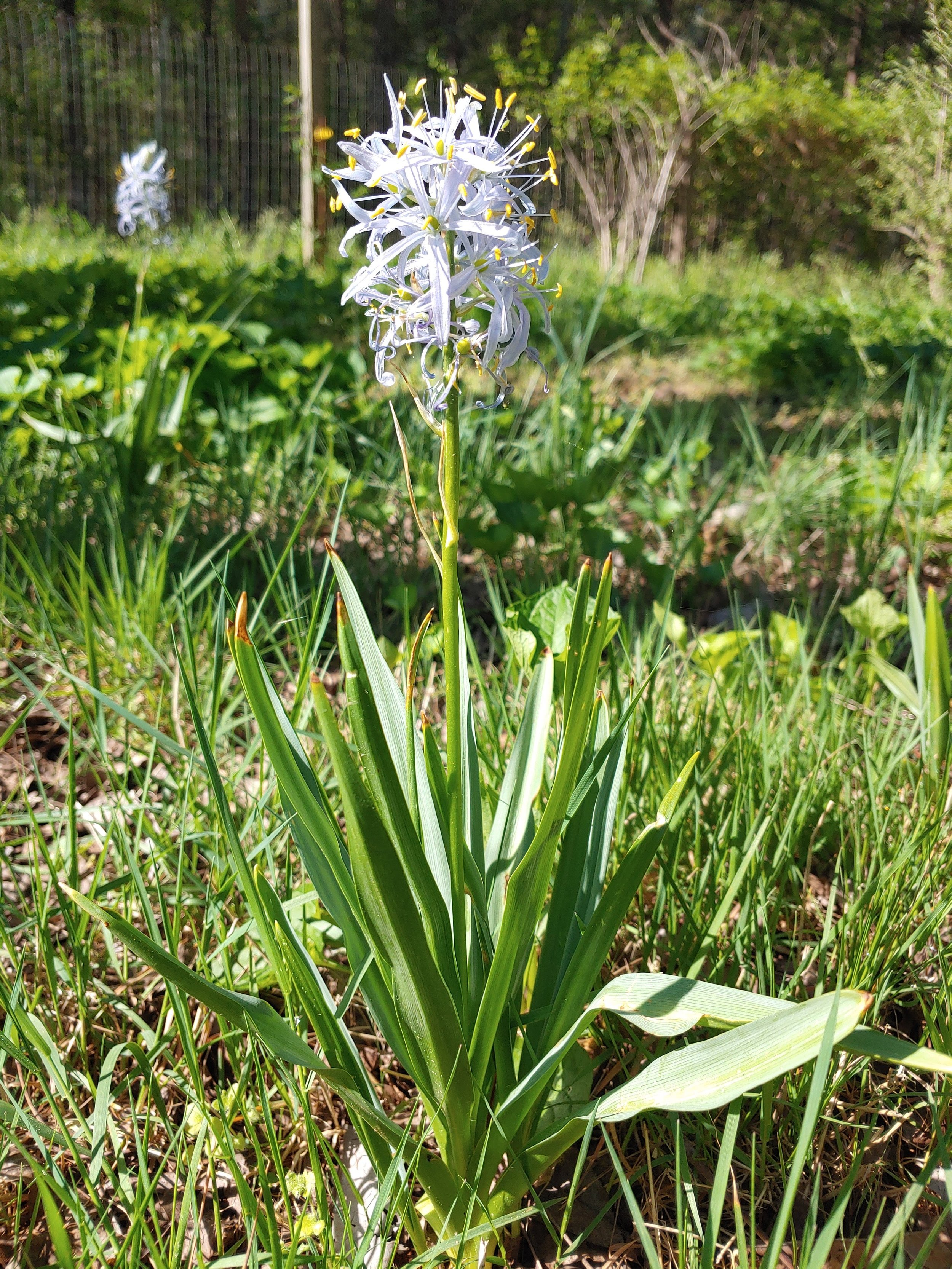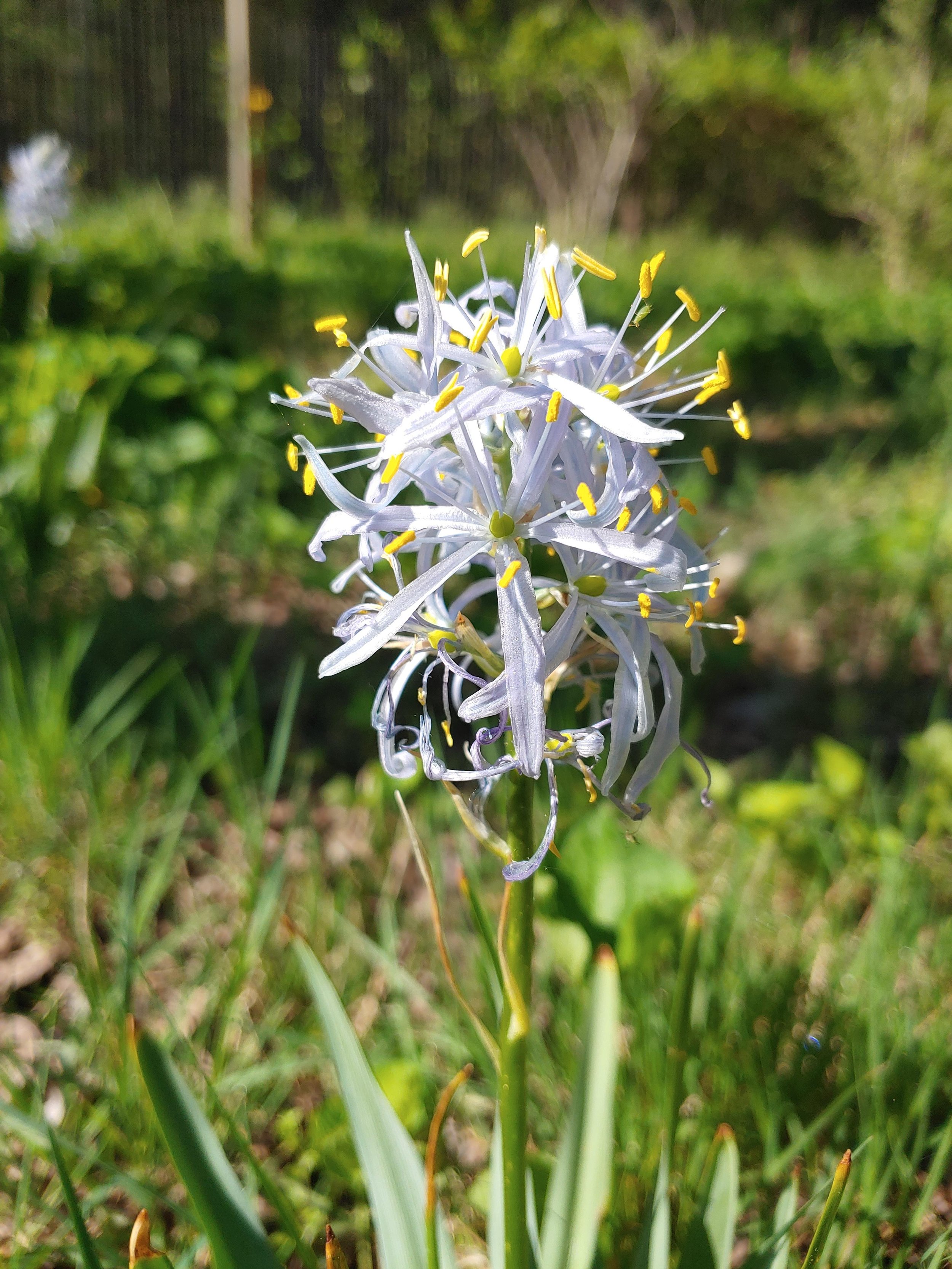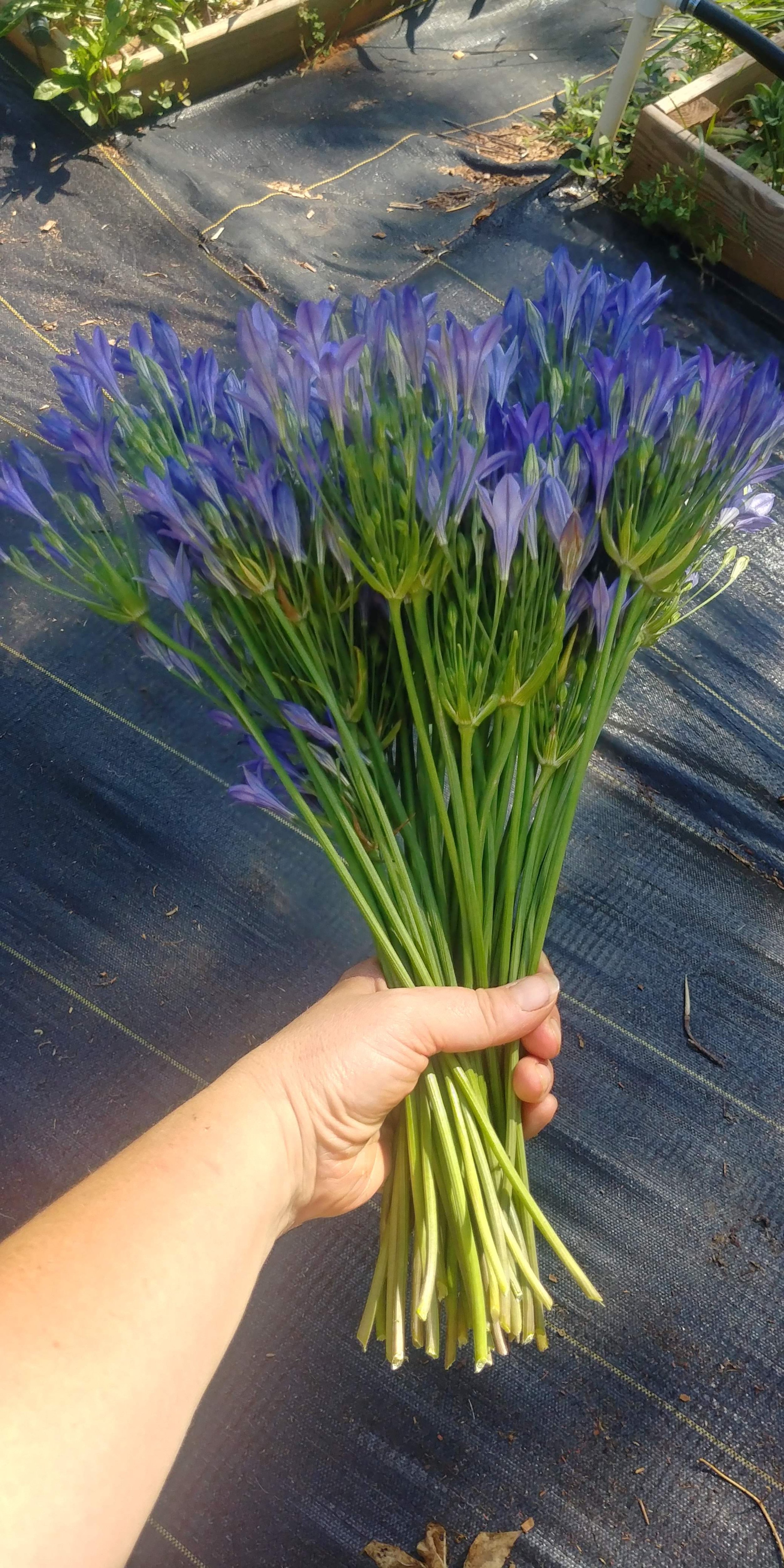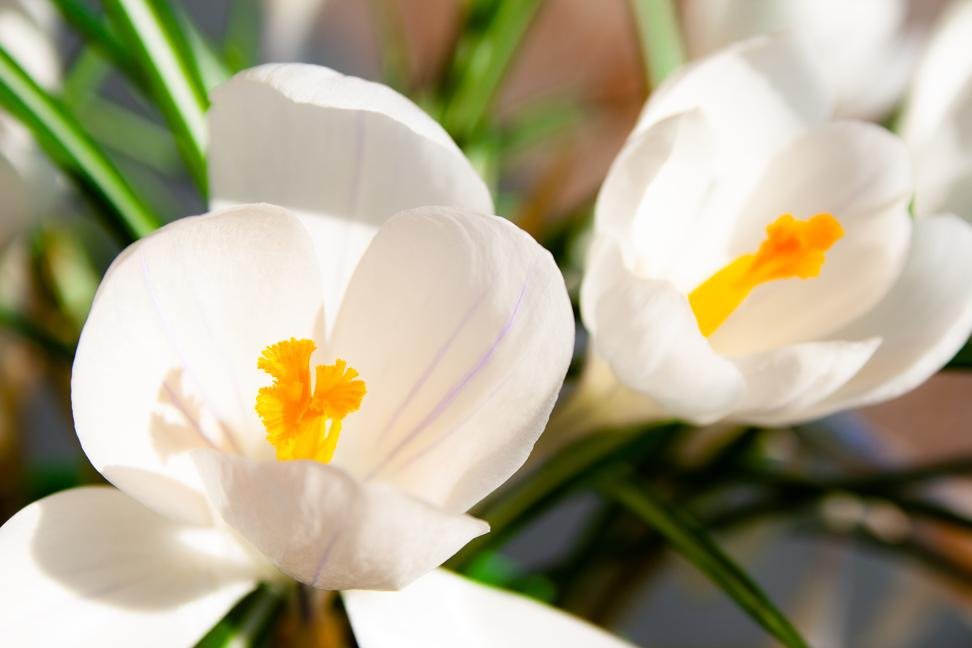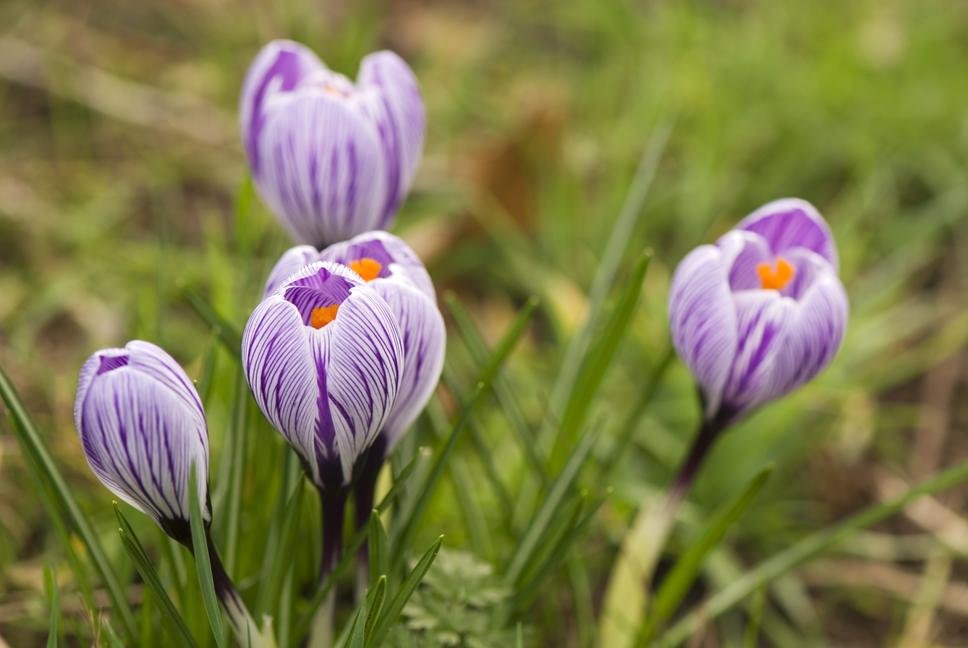Every year I try to reduce the need for pesticides on the farm and mimic the ways of nature. And each year, as I spend time observing the natural world I learn a bit more.
But I do find that I keep coming back to these 3 plants, over and over again.
(I’m farming in hot humid zone 7b in South Carolina but these plants have a wide range of hardiness and all of them could be grown as annuals if they won’t perennialize in your zone. )
These first two are for creating beneficial environments. Creating an environment for beneficials to breed is an important step to creating your own natural pest control system.
1. Yarrow- First off- it’s gorgeous and so romantic looking. It makes a fantastic cut flower and blooms in the “awkward gap” -that time when your spring stuff is done but summer blooms aren’t here yet. With an average hardiness zone from 3-9 (always check your individual variety first), yarrow will find a place in most gardens. Drought tolerant and it stays green all winter (at least in warmer climates). Can be easily started from seed or bought as a mature plant. Propagate by divisions every few years to keep it blooming more profusely. What’s not to like?
But why do we care about it for natural pest control?
- Yarrow is a first year flowering perennial so we get the pollinator attracting benefits from the flowers without having to wait. It’s also an umbellifer which means it has loads of small flowers to make up the main flowering head— therefore more sources of pollen unlike lots of flowers with only one center per flowering head. (Also if you use yarrow for cutting, you have to wait until the plant is fairly mature so you’ll still get some pollinator benefit before cutting.)
- Yarrow has a decent amount of plant mass at it’s base and stays evergreen so it makes a great home for overwintering beneficials— ladybugs often lay their eggs in the foliage. It attracts predatory wasps and hoverflies too.
How I’m using it on my farm:
- I have a large row of “cutting” yarrow but I’ve begun adding a plant or two here and there around crops who often have pest problems. Yarrow also comes in short versions- I’m beginning to use these more when I need the plant for pest control because they are very easy to tuck in small spaces.
2. Alyssum or Sweet Alyssum- Alyssum is a low growing plant often used as a ground cover and it has the most delicious golden honey scent when blooming. It comes in loads of beautiful colors- pinks, peaches, yellow, white, purple. Often used as a beautiful multi-colored carpet style planting. Grows in full sun or part shade— does a bit better with a touch of shade in hot weather climates. If you don’t have shade, it may go a bit dormant in hot weather and wait until it cools off to bloom. Easily grown from seed- transplant or direct seed. Self seeds well - doesn’t spread too far but can self perpetuate itself. I’ve had best success with direct seeding in the fall in my climate. Hardiness zone 5-9.
Natural Pest Control Uses—
- the low growing plant habit provides breeding environments for beneficials such as parasitic wasps. These are minute wasps that don’t sting. Alyssum also produces a lot of nectar so will draw in loads of pollinating insects.
How I’m using it on my farm:
- I began planting it underneath my sweet peas. I was looking for an early flowering plant to draw in beneficials to eat the aphids that always show up on my sweet peas. I saw some improvement the first year but discovered I needed more than a few plants. So I now I used it as a carpet beneath vining plants.
- I also use it inside my foliage tunnel. Since the majority of crops in that tunnel are grown for foliage and rarely bloom, I discovered the population of good to bad insects was out of balance. So I began interplanting alyssum to add a flowering element to the tunnel. I’m also adding a short variety of yarrow this year for the same purpose. These should attract more beneficial insects to the foliage tunnel.
Sweet Alyssum growing at the base of Jasmine
3. Garlic Chives- These make a great cut flower and are one of the most dependable later summer perennials. Easy to grow from seed. Will self multiply from self seeding or you can divide after a year or two. I’ve started just keeping a “bank” of these that I divide whenever I need to interplant with a pest prone crop. These have been a longstanding go to on my farm for natural pest control. Hardiness zones 3 to 9.
Natural Pest Control Uses—
-They attract aphids like nothing you’ve seen! Alliums of all types are good for pulling aphids away from your desired plant and onto the allium. However, a lot of alliums produce the green leaf portion of the plant and then go dormant and disappear as soon as flowering happens. Garlic chives stay green all during the frost free part of your season. They will go dormant during the winter in zone 7b and colder.
How I’m using them on my farm:
- I began using Garlic Chives as a trap crop for aphids when I grew roses as a cut flower crop. (But that was years ago). These days, I have them interplanted among my ranunculus to see if they’ll help control the aphids this spring. I also plan to spread them throughout the farm this year- some interplanted among aphid prone crops and some just on the farm edges. They will create more “banks” of natural pest control that I can use as needed.
There are loads of good plants to aid in natural pest control but these are 3 of my favorites and my constant go-to’s! What plants do you use for natural pest control?
